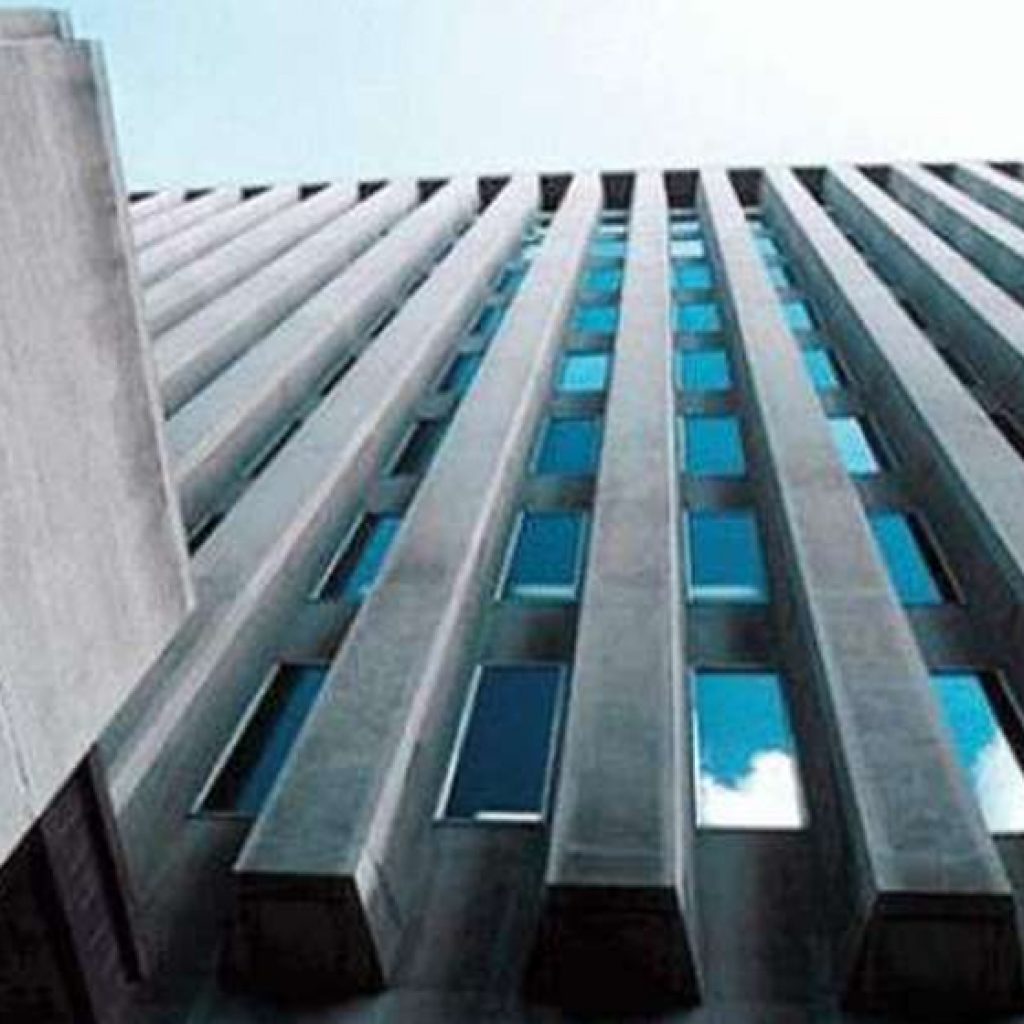The World Bank (WB) has projected Pakistan’s GDP growth rate at 2 percent for 2021-22, saying that poverty is projected to remain high.
In its latest report ‘Pakistan — Macro Poverty Outlook’, the WB stated that the country’s economy was severely impacted by the COVID-19 shock in the fiscal year 2020, leading to an increase in poverty.
ALSO READ
70 Percent of COVID-19 Relief Fund Utilized: Ministry of Finance
With the lifting of the lockdown measures, the economy is showing signs of a fragile recovery. Growth is expected to strengthen gradually but remain muted in the medium term. The fiscal deficit and debt levels are projected to remain elevated but to gradually improve.
The risks to the outlook include new waves of COVID-19 infections and delays in the implementation of critical structural reforms.
Pakistan’s output growth is expected to recover gradually over the medium term, averaging 2.2 percent over the fiscal year 2021-23, mostly due to contributions from private consumption. However, sectors like agriculture that employ the poorest are expected to remain weak, which is why poverty is likely to remain high.
The baseline outlook is predicated on the absence of significant infection flare-ups that will require more extensive lockdowns. The current account deficit is projected to narrow to 0.8 percent of the GDP in the fiscal year 2021, as a wider trade deficit is more than offset by stronger remittances inflows.
However, it is expected to increase over the medium term. Exports are projected to grow from the fiscal year 2022 onwards, as external conditions become more conducive and tariff reforms gain traction, but the imports are also expected to increase in line with stronger domestic activity and higher oil prices.
While the fiscal consolidation efforts are expected to be resumed, the deficit is projected to remain elevated at 8.3 percent of the GDP in the fiscal year 2021, partly due to the settlement of arrears in the power sector. As critical revenue-enhancing reforms gain pace and expenditure rationalization efforts are resumed, the fiscal deficit is projected to gradually narrow over the medium term. Still, public debt will remain elevated in the medium term, as will Pakistan’s exposure to debt-related shocks.
ALSO READ
SBP Governor Informs Finance Minister of Progress on Economic Uplift Policies
The report further showed that Pakistan’s economy has been growing slowly over the last two decades. The annual per capita growth has averaged only two percent, which is less than half of the South Asia average, partly due to inconsistent macroeconomic policies and an under-reliance on investment and exports to drive economic growth.
Short periods of rapid consumption-fueled growth frequently led to a sizable current account and fiscal deficits, which ultimately required policy tightening, resulting in recurrent boom-bust cycles.
In the early fiscal year 2020 that runs from July 2019 to June 2020, following one such episode of external and fiscal imbalances, the country entered a 39-month IMF Extended Fund Facility. The associated adjustment measures, including fiscal consolidation, contributed to a reduction of the imbalances over the year and improved macroeconomic stability.
However, the containment measures adopted in response to the COVID-19 pandemic led to a collapse in economic activity during the final quarter of FY20. Consequently, the growth of the GDP is estimated to have contracted by 1.5 percent in FY20.
Half of the working population had losses of either jobs or incomes, with informal and low-skilled workers employed in elementary occupations facing the strongest contraction in employment. Hence, poverty incidence is estimated to have increased in FY20 from 4.4 percent to 5.4 percent, using the international poverty line of $1.90 PPP 2011 per day, with more than two million people falling below this poverty line.
Moreover, nearly 40 percent of households suffered from moderate to severe food insecurity. Therefore, the government focused on mitigating the adverse socio-economic effects of the pandemic, and the IMF program was paused.
ALSO READ
SBP Governor Informs Finance Minister of Progress on Economic Uplift Policies
The major risks to the outlook include the possibility of new waves of infections, the emergence of new vaccine-resistant strains, and setbacks in mass vaccinations.
Additionally, more delays in the implementation of critical structural reforms could lead to further fiscal and macroeconomic imbalances.
The post World Bank Forecasts 2% Growth Rate for Pakistan in 2021-22 appeared first on .


